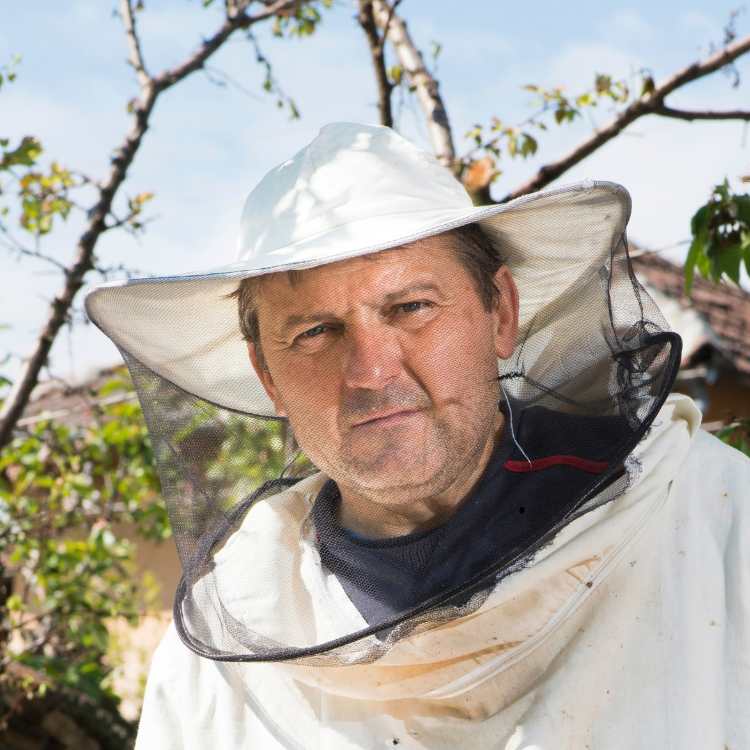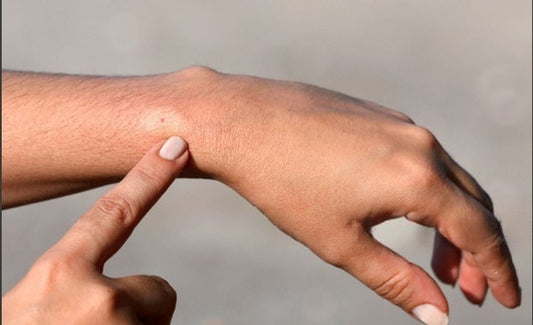When it comes to buzzing insects around your home or farm, it's easy to confuse different species. One common mix-up is between carpenter bee vs wasp. These insects may both buzz around and seem like similar creatures but are really quite different. While carpenter bees are harmless pollinators, wasps can be very aggressive. It will be much safer if you learn the differences. This article will explain the key distinctions so you can spot and handle them easily.
Importance of Identification
Knowing the difference between carpenter bee vs wasp is important for maintaining a safe and productive environment. Misidentifying these insects could lead to unnecessary fear or improper pest control efforts. For example, killing useful carpenter bees may deprive your crops of necessary pollination, and not doing anything about a harmful wasp nest may mean quite painful stings. Apart from this, carpenter bees sting very seldom and can also be useful for biodiversity, whereas a wasp becomes hostile near its nest. It will be capable of protecting your farm and your family if you know how to identify them.
Differences in Appearance
Carpenter bees are quite large and resemble a bumblebee, but on the back portion, they lack hair and the surface is shining smooth. In general, these bees are normally black with spots of yellow and the male one has a face that is yellow or white in color.
Wasps are slender and elongated in body. They have a thinner waist than carpenter bees. These insects have vibrant yellow and black stripes, and they are always visible. They are shiny and hairless. All these characteristics will very well let you decide whether you are looking at a carpenter bee vs wasp.
Behavior Differences
Another key way to tell the difference between a carpenter bee vs wasp is through the action. Carpenter bees prefer solitary living. Females will prepare nests by boring into wood. They are non-aggressive, and they rarely sting unless handled very roughly or threatened.
Wasps are highly aggressive when defending their nest. In most cases, they appear in groups, and if you try to disturb their nest, they will sting in order to defend themselves. Unlike bees, a wasp can sting multiple times without dying.
These behaviors make it easy to decide how to act towards an infestation of a a carpenter bee vs wasp.
Nesting Habits
Where these insects build their homes is another major difference between carpenter bee vs wasp. Carpenter bees tend to bore round holes into the wood in order to lay their eggs through the resulting tunnels. You may notice some small piles of sawdust around wooden structures; in fact, this shows activity from carpenter bees. It usually picks places like wooden fences, outdoor furniture, and roof edges.
Typically, wasps are known to create their nests above the ground, in safe areas, for example, branching, under the edges of a roof, or in some sheds. These nests are actually made from a paper-like material obtained after chewing wood and mixing it with saliva.
For you to know whether you are hosting a carpenter bee vs wasp nest near you, you can find out this way by studying the material and where the nests are located.

Impact on Structures and Crops
Carpenter bees can cause damage to wooden structures over time. While one or two holes may not seem like much, large numbers of carpenter bees drilling into the same area can weaken wood. However, they don’t pose a direct threat to crops.
Wasps are more beneficial to farmers and gardeners because they help control pests. They feed on insects that harm crops, making them natural pest control agents. However, their stings can be dangerous to both humans and animals if disturbed.
Knowing the difference between a carpenter bee vs wasp helps farmers and beekeepers make informed decisions about how to deal with these insects.
How to Manage Them
To keep carpenter bees away, sealing cracks in wood and using treated or painted wood can prevent them from nesting. If you already have an infestation, filling the holes with wood putty and painting over them can help. Carpenter bee traps are also available. Adding visual inspections during spring can help detect any early signs of activity and ensure your wood remains protected. This makes it easier to manage the carpenter bee vs wasp dilemma effectively.
Managing wasps requires a different approach. Avoid swatting at them, as this can provoke an attack. Instead, you can use wasp-specific traps or call a professional to remove large nests. Keeping food and sugary drinks covered outdoors can also prevent attracting wasps. Regularly cleaning outdoor areas can further reduce the chances of wasps building nests nearby.
Which One Should You Be Concerned About?
When comparing carpenter bee vs wasp, carpenter bees are generally harmless unless they’re causing structural damage. They play an important role in pollination, helping plants and crops grow. Wasps, though more aggressive, are also beneficial for pest control.
Understanding the differences between carpenter bee vs wasp can help you decide how to handle them responsibly. Whether you're maintaining your farm or just enjoying your outdoor space, knowing these insects’ habits and appearances can make a big difference.

Conclusion
In conclusion, understanding the key differences between carpenter bee vs wasp helps you make better decisions in your home, farm, or garden. Carpenter bees are helpful pollinators with minimal risk of stings, while wasps can be more defensive but also aid in natural pest control. Recognizing their appearance, nesting habits, and behavior can help you respond appropriately and safely.
Ain’t it fun dabbling into the world of bees? Learn even more from our full blog here.





